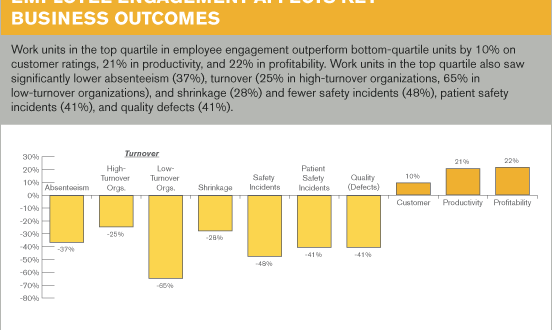Solve the workplace ageism challenge and win with better results.
Last year, the Equal Employment Opportunity Commission (EEOC) received 20,857 charges of age discrimination. Age discrimination makes up more than 1 in 5 of the discrimination charges received by the EEOC.
Few issues could be more mainstream or be relevant to more people. US Census Bureau Statistics reveal that 10,000 people in the U.S. turn 65 every day and that it will continue to happen – every day – from now until 2030. The second fastest growing segment of the US population? People 85 and older.
Clearly, the value of putting an end to ageism — and its pointless, deleterious and, we now know, costly effects – goes way beyond the feel good and aspirational.
This is a significant public health, public finance and corporate health issue.
We’ll drill deeper into this in following posts. Read on.
Ageism is a weird prejudice in several respects.
For one, it has an ironic aspect: It’s a bias held by younger people against a group to which they will eventually belong — if they’re lucky. Some researchers have called it “prejudice against our feared future selves.”
Fighting ageism might begin with examining one’s own preconceptions and looking for ways to substitute upbeat thoughts for downers. Start thinking of old age as “a time of growth, learning, exploration, adventure.
Let’s not be trapped by the pointless argument about which is better.
The key to getting the best business results is about understanding the distinct merits of young and old, a variety of colors and both genders and then making hiring decisions on the value of each and the requirements of the role regardless of the candidate’s age, race or gender.
#productivity #doitright #ageism #crazysmart
Simon Sinek Jeff Bullas Jeff Goins Sonia Simone Crazy Smart!











